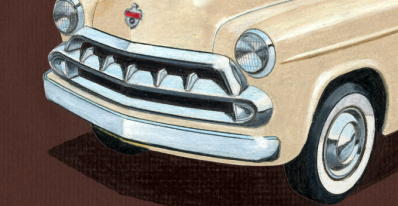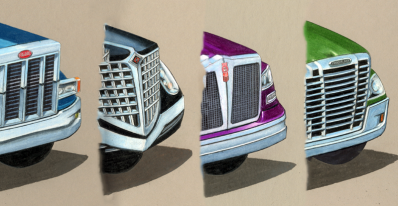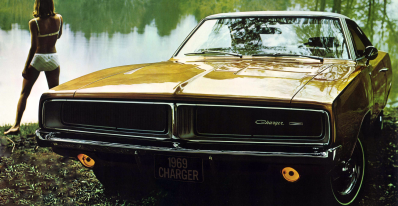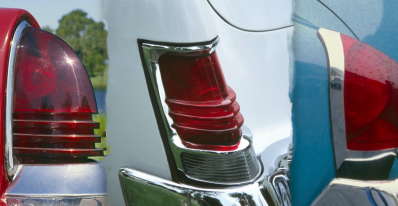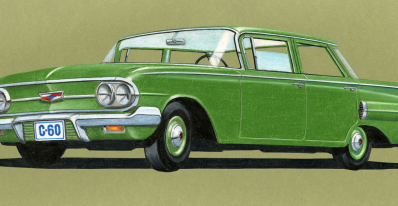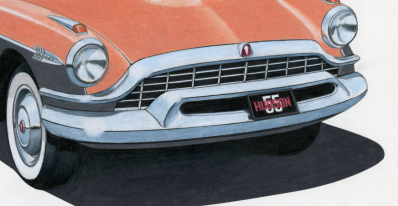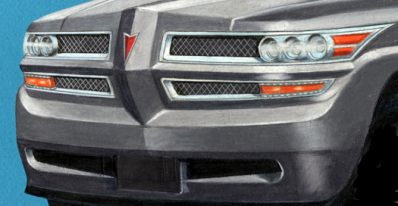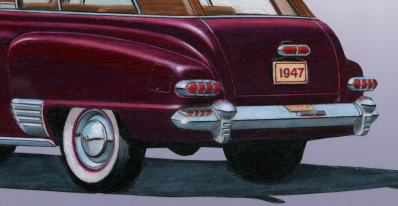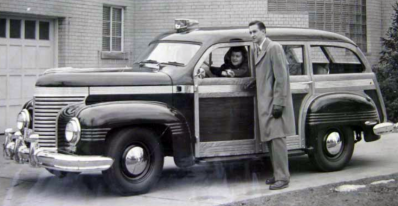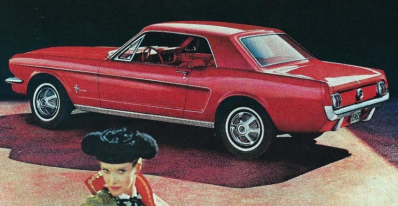THE DAILY DRIVE | THE LATEST
- All News
- 30+ mpg
- Acura
- Afeela
- Alfa Romeo
- AMC
- April Fools
- Aston Martin
- Audi
- Australia
- Auto Shows
- Automotive Collectibles
- Autonomous Cars
- AWD/4WD
- Beijing Auto Show
- Bentley
- Best Automotive Designs
- Best Buys
- Big & Tall Friendly
- BMW
- Brands
- Brands and Marketing
- Brazil
- Buick
- Buying Guides
- BYD
- Cadillac
- Canada
- Car Care
- Car Ratings
- Car Spotter Challenge
- Car Stuff Podcast
- CES
- CG Real-World Fuel Economy
- Cheap Wheels
- Chevrolet
- Chicago Auto Show
- China
- Chris Poole’s Test Drives
- Chrysler
- Classic Bikes
- Classic Car Ads
- Classic Cars
- Collectible Automobile Magazine
- Color
- Commentary
- Commercial Vehicles
- Commuting
- Compact Crossover SUV
- Concept Cars
- Connected Car
- Connectivity
- Convertibles
- Cool Things
- Corvette
- Coupes
- COVID-19
- Crossovers/SUVs
- Daewoo
- Daihatsu
- Datsun
- Design
- DeSoto
- Detroit Auto Show
- Diesel
- Dodge
- Dogs
- Edsel
- Electric Vehicles
- Engines
- Entertainment
- Fastest
- Favorite Car Ads
- Featured
- Ferrari
- Fiat
- First Look
- First Spin
- Fisker
- Ford
- Forgotten
- Forgotten Concept
- Frank Peiler
- Frankfurt Auto Show
- Fuel Economy
- Future Cars
- Future Collectibles
- Gasoline/Fuel
- Geely
- General Motors
- Genesis
- Geneva Auto Show
- GMC
- Goodguys
- Green Technology
- Guest Drive
- Haikus
- Hatchbacks
- Honda
- Hot Laps
- Hummer
- Humor
- Hybrids
- Hyundai
- Industry News
- Ineos
- Infiniti
- Interview
- Isuzu
- Jaguar
- Jeep
- Karma
- Kia
- L.A. Auto Show
- Lamborghini
- Land Rover
- Lexus
- Lincoln
- Lotus
- Lucid
- Luxury Vehicles
- Manual Transmission
- Maserati
- Mazda
- MCACN
- Mercedes-Benz
- Mercury
- Mexico
- Miami Auto Show
- Miami Auto Show
- Midsize Crossover SUV
- Mini
- Minivans
- Mitsubishi
- Models and Toys
- Money Matters
- Motorcycles
- Motorsports
- Muscle Cars
- Music
- Mustang
- My Car Is in the Photoshop
- New York Auto Show
- Nissan
- Off-Road
- Oldsmobile
- Packard
- Panhard
- Paris Auto Show
- Peugeot
- Pickup Trucks
- Plug-in Hybrids
- Plymouth
- Polestar
- Police/Law Enforcement
- Political Issues
- Pontiac
- Porsche
- Premium Midsize Crossover SUV
- Quick Look
- Quizzes
- Ram
- Renault
- Review Flashback!
- Rivian
- Road Songs
- Road Trip
- Rolls-Royce
- Russia
- Saab
- Safety
- Saturn
- Scion
- Scout
- Sedans
- SEMA
- Shelby
- Shopping
- Simca
- Slowest
- Smart
- Sporty/Performance Cars
- SRT
- Station Wagons
- Stellantis
- Steve & Johnnie's Road Tests
- Studebaker
- Subaru
- Subcompact Crossover SUV
- Sustainability
- Suzuki
- Technology
- Tesla
- Test Drive
- Test Drive Notebooks
- Tires
- Tokyo Auto Show
- Topics
- Toyota
- Travel
- TV and Movie Cars
- Ugly Cars
- Used Cars
- Vehicles That Nearly Were
- Video
- VinFast
- Volkswagen
- Volvo
- What was...
- Winter Driving
- World

